Pasture gardening
Fathead71001
9 years ago
Related Stories
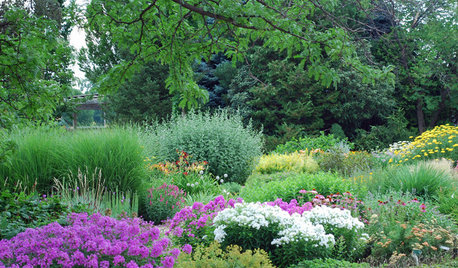
LANDSCAPE DESIGNTake Your Garden on a Rural Route With Plant-Dominant Designs
Let plants take center stage for a garden that recalls idyllic pastures fashioned by nature's hand
Full Story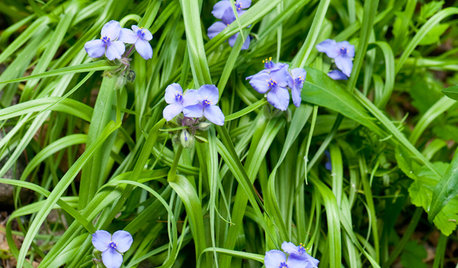
GARDENING GUIDESGreat Design Plant: Tradescantia Ohiensis Adds Shades of Blue
This reliable, adaptable U.S. native provides spider-like foliage and clusters of blue to purple flowers in Eastern gardens each spring
Full Story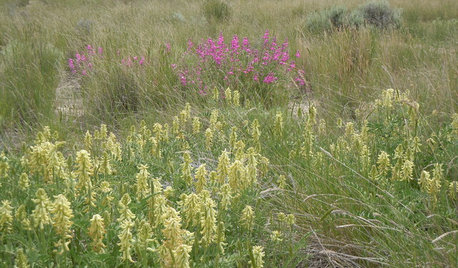
GARDENING GUIDESGreat Design Plant: Canadian Milkvetch Draws Bees and Birds
Its seedpods have visual appeal, but winged creatures are lured to Astralagus canadensis for more than its looks
Full Story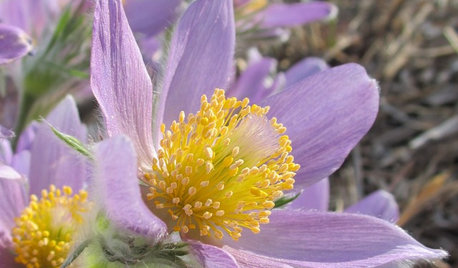
GARDENING FOR BUTTERFLIESGreat Native Plant: Pasque Flower
Get ahead with this early-blooming perennial, which has an unusual feature you've got to feel for yourself
Full Story
GARDENING FOR BUTTERFLIES3 Ways Native Plants Make Gardening So Much Better
You probably know about the lower maintenance. But native plants' other benefits go far beyond a little less watering and weeding
Full Story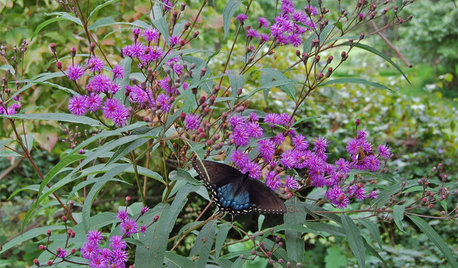
GARDENING GUIDESGreat Design Plant: Vernonia Noveboracensis
Stately New York ironweed attracts pollinators with its blooms at the end of summer and birds with its seeds in fall
Full Story
SHOP HOUZZShop Houzz: Live in an Elegant English Garden
Escape to a space that channels summer in the English countryside
Full Story0
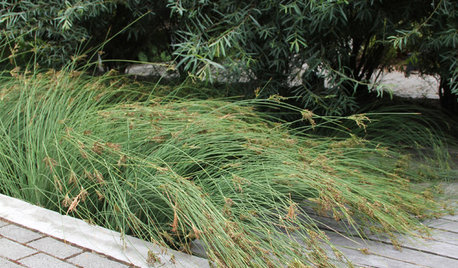
GARDENING GUIDESProtect a Precious Resource With a Rain Garden
Promote pure water and a beautiful landscape with a garden design that makes the most of the rain
Full Story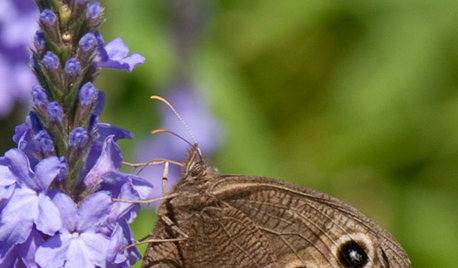
GARDENING GUIDESGreat Design Plant: Verbena Stricta Tolerates Tough Spots
With its subtle beauty and long-lasting flowers, this pollinator pleaser is a boon to wilder areas
Full Story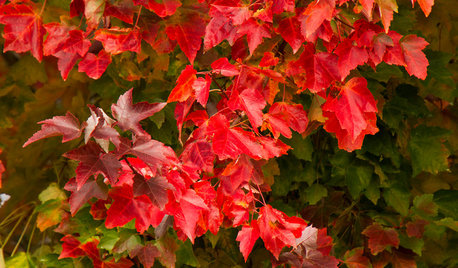
TREESGreat Design Plant: Acer Rubrum Brings Shade and Beauty
Red maple — a fast-growing, low-maintenance Eastern native — has spectacular fall foliage and early-spring flowers that feed pollinators
Full StoryMore Discussions








carolyn137
labradors_gw
Related Professionals
Beavercreek Landscape Architects & Landscape Designers · Las Vegas Landscape Contractors · Lynn Landscape Contractors · Peachtree City Landscape Contractors · Shirley Landscape Contractors · Coos Bay General Contractors · Franklin General Contractors · Plano General Contractors · Rossmoor General Contractors · Summit General Contractors · Tamarac General Contractors · Winton General Contractors · Crestline Decks, Patios & Outdoor Enclosures · Green Bay Decks, Patios & Outdoor Enclosures · Monroe Decks, Patios & Outdoor Enclosurescarolyn137
labradors_gw
theforgottenone1013 (SE MI zone 5b/6a)
sheltieche
Fathead71001Original Author
ddsack
carolyn137
centexan254 zone 8 Temple, Tx
labradors_gw
nandina